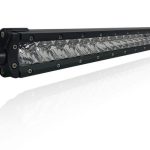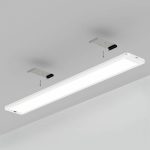LED Strip Lighting: A Comprehensive Guide on How to Light Up Your Room Like a Pro
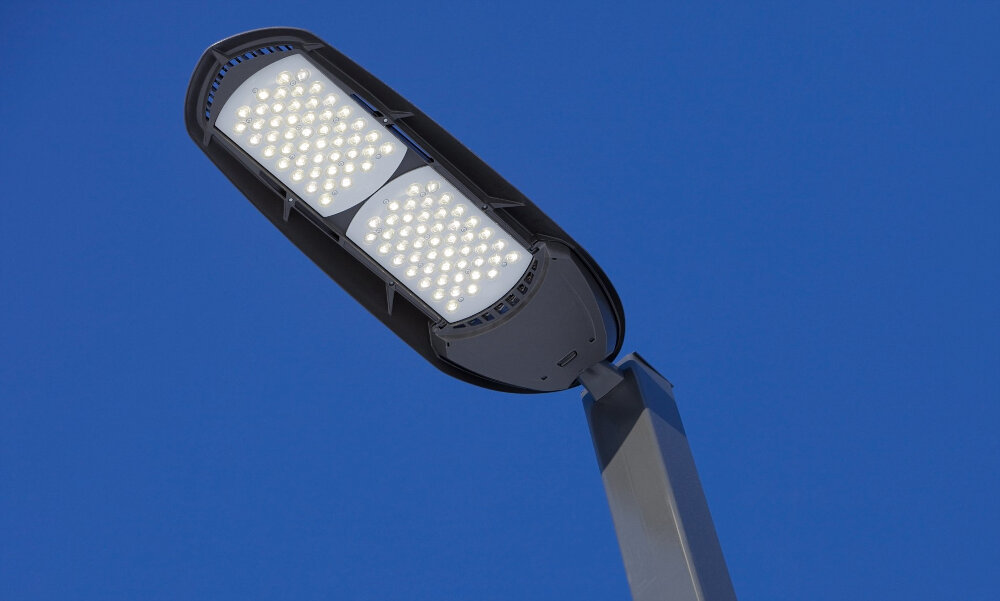
Lighting is an essential element in our daily lives, and it can make a significant difference in the ambiance and overall aesthetics of a room. LED strip lighting is a popular choice for many homeowners, as it provides a cost-effective, energy-efficient, and versatile lighting solution. Whether you want to create a cozy and warm atmosphere or add a touch of modernity to your living space, LED strip lighting can help you achieve the desired effect. In this comprehensive guide, we will take you through everything you need to know about LED strip lighting. From the basics of what LED strip lights are and how they work to the different types of LED strip lighting and their applications, we will cover it all. We’ll also discuss the benefits of using LED strip lighting over traditional lighting options and provide tips on how to install and maintain your LED strip lights like a pro. So, whether you’re looking to upgrade your home’s lighting or want to learn more about LED strip lighting, this guide has got you covered.
LED strip lighting has become an increasingly popular lighting solution due to its versatility and aesthetic appeal. These thin, flexible strips of LED lights can be easily installed in a variety of spaces, including bedrooms, kitchens, and living rooms, to create a dynamic and unique lighting effect. LED strip lighting is energy-efficient, long-lasting, and customizable, allowing users to adjust the brightness and color temperature to fit their specific needs. Additionally, the ability to control LED strip lighting remotely through a smartphone app or voice assistant has made it a popular choice for those seeking a modern and convenient lighting solution. With its many benefits and endless design possibilities, it’s no wonder that LED strip lighting has become a go-to choice for both homeowners and designers alike.
Proper lighting can make or break the ambiance of a room. It’s not just about being able to see clearly, but also about creating a mood and atmosphere. The right lighting can enhance the colors and textures of your decor, highlight your favorite artwork or furniture pieces, and even affect your mood and energy levels. Good lighting also plays a crucial role in reducing eye strain and fatigue, which is especially important if you spend a lot of time in the room. With LED strip lighting, you have the flexibility to create a customized lighting scheme that suits your needs and preferences, whether you want bright task lighting for work or a soft, cozy glow for relaxation.
Understanding LED Strip Lighting
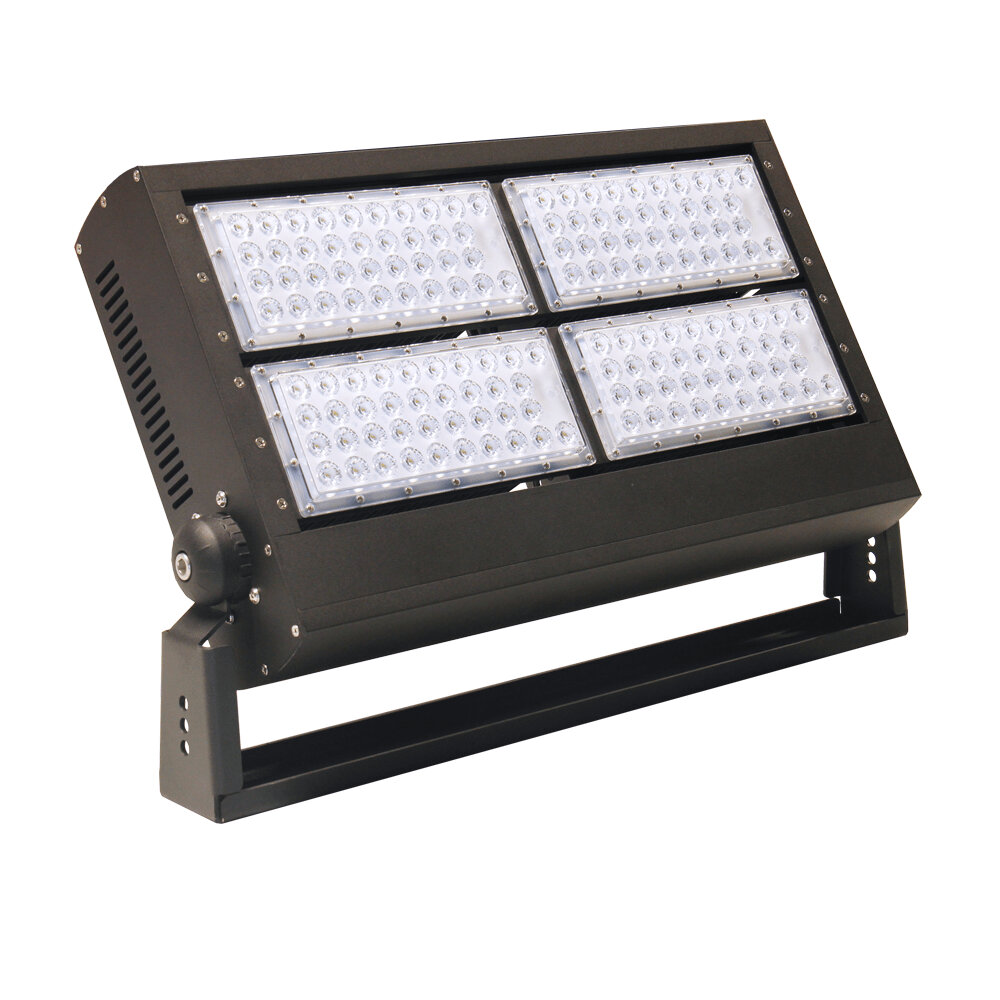
LED strip lighting is a versatile and affordable way to illuminate any space. These strips consist of small LED bulbs that are attached to a flexible circuit board, allowing them to be easily installed in a variety of configurations. LED strip lighting is available in a wide range of colors and brightness levels, making it easy to create the perfect ambiance for any room. Whether you want to add a pop of color to your living room or create a relaxing atmosphere in your bedroom, LED strip lighting is the perfect solution. One of the key benefits of LED strip lighting is its energy efficiency. LED bulbs use far less electricity than traditional incandescent bulbs, which means you can run your LED strip lighting for longer periods of time without worrying about your energy bill. Additionally, LED bulbs have a much longer lifespan than traditional bulbs, which means you won’t have to replace them as often. This makes LED strip lighting an eco-friendly and cost-effective choice for anyone who wants to light up their room like a pro. Whether you’re looking to create a cozy reading nook or add some ambiance to your kitchen, LED strip lighting is a great way to add style and functionality to any space.
LED strips are a versatile and flexible lighting solution that can be used to add ambience and a touch of style to any room. They consist of a long strip of small LED lights that are connected to a power source and can be cut to fit any space. The LED lights work by emitting a bright, energy-efficient light that consumes less power than traditional lighting solutions. They are controlled by a small controller that can change the color, brightness, and pattern of the lights. LED strips are perfect for creating a warm and inviting atmosphere in any room, and they are also a great choice for accent lighting, highlighting artwork, and even adding a pop of color to a space.
LED strip lighting has become increasingly popular for both residential and commercial use. There are several types of LED strips available in the market, each with their own unique features and differences. The most common types of LED strips are RGB, RGBW, and single-color. RGB strips offer a wide range of colors and can be customized to create different lighting effects. RGBW strips, on the other hand, have an additional white LED which provides a more natural white light. Single-color strips come in a variety of colors, including warm white, cool white, and daylight. The type of LED strip you choose will depend on the desired lighting effect and the space you are lighting.
When choosing LED strips, there are several factors to consider to ensure that you get the best fit for your needs. First and foremost, it is important to determine the type of LED strip that suits your desired outcome. Consider the color temperature, brightness, and the number of LEDs per meter. Additionally, check the IP rating of the LED strip to ensure it can withstand the environment it will be placed in. Another consideration is the power supply and controller needed to operate the LED strip, as well as the length of the strip you require. Looking into the quality of the adhesive backing and the flexibility of the strip can also help you make an informed decision. By taking these factors into account, you can choose the perfect LED strip to create the ambiance you desire.
Planning Your Lighting Design

Planning your lighting design is an essential step in achieving the perfect atmosphere for your room. A well-designed lighting plan can enhance the ambiance, improve functionality, and create a comfortable space. To begin planning your lighting design, start by identifying the purpose and function of each area. Consider the activities that will take place, the mood you want to create, and the level of illumination needed for each area. This will help you determine the type of lighting fixtures, bulbs, and placement needed to achieve the desired effect. Additionally, consider the natural light available in the room and how it can be used to enhance your lighting design. When planning your lighting design, it’s important to think about layering your lighting. This means incorporating a combination of ambient, task, and accent lighting to create a balanced and dynamic atmosphere. Ambient lighting provides overall illumination to the room and can be achieved through fixtures such as ceiling lights or wall sconces. Task lighting is more focused and is used for specific activities such as reading or cooking. This type of lighting can be achieved through desk lamps or under-cabinet lighting. Accent lighting is used to highlight specific features of the room, such as artwork or architectural details. This type of lighting can be achieved through spotlights or LED strip lighting. By layering your lighting, you can create a visually appealing and functional space.
Before you invest in LED strip lighting, it is important to assess your room’s lighting needs. Take into consideration the size of the room, the function of the space, and the mood you want to create. For example, if you have a small bedroom, you may want to use warm white LED strips to create a cozy and relaxing atmosphere. In a larger living room, you may want to use brighter cool white LED strips to provide ample light for reading or entertaining. Additionally, consider the placement of the LED strips to ensure that they illuminate the areas that need it most, such as workspaces or accent walls. By carefully assessing your room’s lighting needs, you can make informed decisions about the type and placement of LED strip lighting to achieve the desired effect.
When it comes to LED strip lighting, choosing the right color temperature and brightness is crucial to creating the perfect ambiance in your room. Color temperature refers to the warmth or coolness of the light, with warmer tones being more yellow and cooler tones being more blue. A warmer temperature is ideal for creating a cozy and relaxing atmosphere, while a cooler temperature is better suited for task lighting or a more modern aesthetic. Brightness, on the other hand, can help to set the mood and highlight key features in your room. A dimmer brightness is perfect for creating a calming and intimate environment, while a brighter setting is better for highlighting artwork or creating a lively party atmosphere. By carefully considering your desired atmosphere and functionality, you can choose the perfect color temperature and brightness for your LED strip lighting.
Creating a lighting plan and layout for your room is crucial to achieving a comfortable and inviting atmosphere. LED strip lighting can provide an effective and versatile solution for illuminating your space. Begin by assessing the natural light available and consider how to enhance it. Then, determine the purpose of each area in the room and match the lighting accordingly. A dimmer switch can be a great addition to create flexibility in mood and ambiance. To create a cohesive design, choose a consistent color temperature and style of lighting throughout the room. Don’t forget to consider accent lighting for artwork or architectural features. With a well-planned lighting layout, your room will be transformed into a stylish and functional space.
Installing LED Strip Lighting
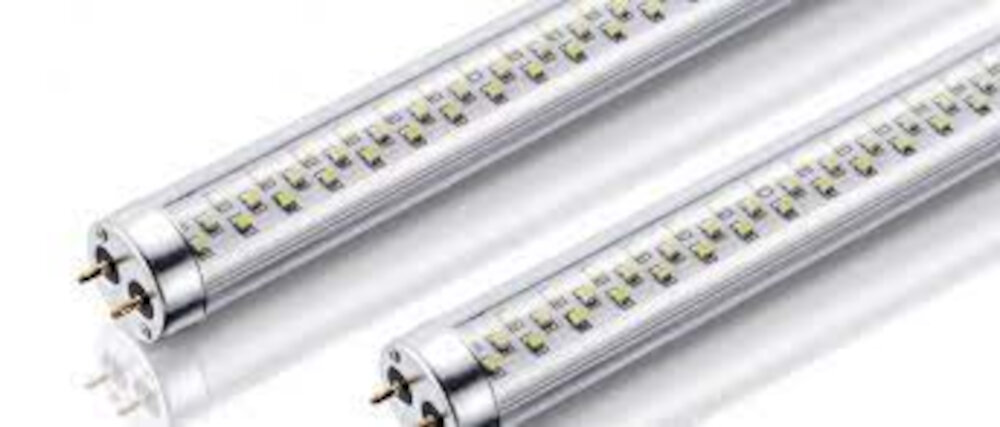
LED strip lighting is a great way to add a touch of ambiance and style to any room. Installing LED strip lighting is a relatively easy process that can be accomplished by anyone with a bit of DIY experience. The first step is to decide where you want to install the LED strip lighting. You can install the lighting under cabinets, along the edges of your ceiling, or even behind your TV for a cool backlighting effect. Once you have decided where to install the lighting, you will need to measure the length of the area to determine how much LED strip lighting you will need. You can purchase LED strip lighting in a variety of lengths, so be sure to choose the right length for your specific project. Once you have your LED strip lighting, the next step is to install it. Start by cleaning the area where you will be installing the lighting. This will ensure that the adhesive on the back of the LED strip will stick properly. Next, remove the adhesive backing and carefully place the LED strip in the desired location. Be sure to press down firmly to ensure that the LED strip is securely in place. Finally, connect the LED strip to a power source and enjoy your new lighting. With LED strip lighting, you can transform any room into a stylish and trendy space that you can be proud of.
Before you start installing your LED strip lighting, it’s important to gather all the necessary tools and materials to ensure a smooth and hassle-free installation process. The tools you’ll need will depend on the type of installation you’re doing, but some essential ones include a tape measure, wire cutters, a soldering iron, a screwdriver, and a heat gun. In terms of materials, you’ll need the LED strip lights themselves, a power supply or transformer, connectors, adhesive tape or mounting clips, and protective coverings like heat shrink tubing or conduit. It’s also important to make sure you have a safe and stable workspace, as well as any necessary protective gear like gloves or safety glasses. With the right tools and materials, you’ll be well on your way to creating a stunning and functional LED strip lighting installation in no time.
Installing LED strips is a great way to add ambiance and aesthetic appeal to any room. To begin, measure the length of the area where you want to install the LED strips and purchase strips that match that length. Next, clean the surface where the LED strips will be installed to ensure a strong adhesive bond. Then, cut and connect the strips together using a soldering iron or connectors. Once connected, peel off the adhesive backing and attach the strips to the surface. Finally, connect the power source and enjoy your newly installed LED strip lighting. With these simple steps, you can easily transform your room into a vibrant and unique space.
LED strip lighting is a popular and cost-effective way to add ambiance and style to any room. However, installation issues can arise, causing frustration for DIY enthusiasts. Common problems include improper wiring, inadequate power supply, and incorrect placement of connectors. To troubleshoot these issues, it is important to first ensure that the power supply is sufficient for the length of the LED strips being used. Additionally, it is important to double-check the wiring connections to ensure they are secure and properly aligned. Finally, it is important to confirm that the connectors are properly placed and aligned, as they can often be the cause of flickering or dimming lights. By taking these steps and ensuring proper installation, homeowners can enjoy the benefits of LED strip lighting with ease and confidence.
Enhancing Your Lighting Experience
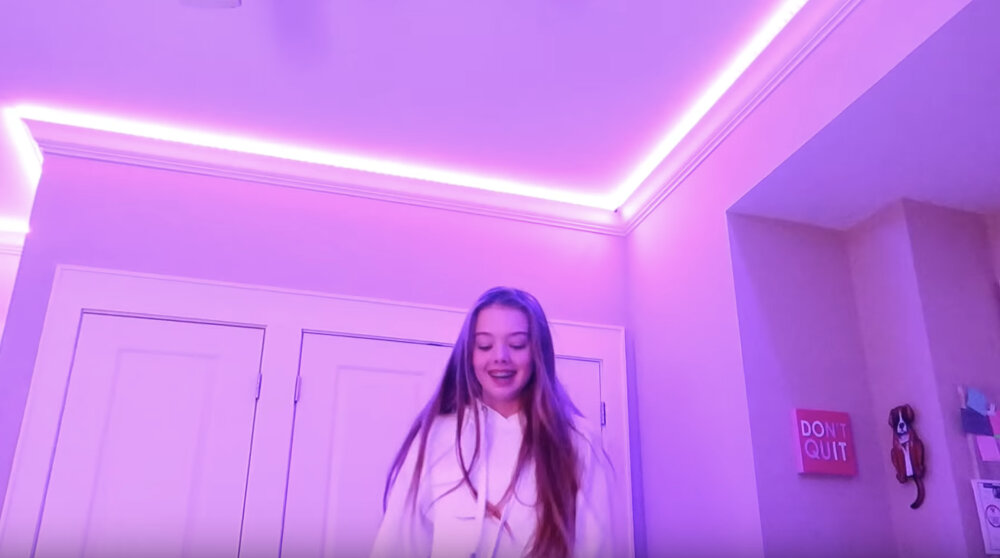
Lighting is an essential aspect of any room, and it has the power to transform the ambiance of the space. LED strip lighting is a popular choice for enhancing your lighting experience, and for good reasons. LED strip lights are energy-efficient, versatile, and easy to install, making them an excellent option for anyone looking to upgrade their lighting game. With LED strip lights, you can create a custom lighting experience that perfectly matches your personal style and preferences. Whether you want to add a warm, cozy glow to your living room or create a bright and energizing atmosphere in your workspace, LED strip lighting can help you achieve your desired outcome. When it comes to enhancing your lighting experience, the possibilities are endless with LED strip lights. You can use them to create a variety of lighting effects, such as accent lighting, task lighting, and mood lighting. With the ability to change colors and brightness levels, you can easily switch up the ambiance of your space to suit different occasions and moods. Additionally, LED strip lights are highly customizable, allowing you to cut them to size and shape them to fit any space. This means you can install them anywhere, from under cabinets and shelves to behind TVs and mirrors, making them a versatile and practical choice for any room in your home or office.
LED strip lighting is a fantastic way to add a unique and stylish touch to your room. Not only do they provide a great source of light, but they can also create a relaxing and cozy atmosphere. There are many creative ways to use LED strips in your room. You can install them behind your bed or under your headboard to create a soft glow that adds a touch of romance to your space. Additionally, you can use them to accentuate your ceiling or create a unique pattern on your walls. Another great way to use LED strips is to install them in your closet or wardrobe, making it easier to find your clothes and enhancing the overall look of your space. With so many ways to use LED strips, the possibilities are endless, and you can truly customize your room to suit your style and taste.
Maintaining and extending the lifespan of your LED strips is crucial to ensure their optimal functioning and longevity. Firstly, make sure to clean the strips regularly to prevent dust and dirt buildup. Secondly, avoid overworking the strips by not exceeding the recommended voltage or wattage. Additionally, use a power supply with the correct specifications and ensure proper ventilation to prevent overheating. It is also important to avoid bending or twisting the strips excessively as this can cause damage to the circuit board. Lastly, be cautious when handling the strips and avoid touching the components with bare hands as oils and moisture can damage the LEDs. By following these tips, you can ensure your LED strips last for years to come.
Upgrading your LED strip lighting with smart home technology is an excellent way to add convenience, style, and energy efficiency to your home. With smart home technology, you can control your LED strip lighting with your smartphone or voice commands, allowing you to easily adjust the brightness, color, and even set a schedule for when you want the lights to turn on and off. Additionally, many smart LED strip lighting solutions come with features such as color-changing options, music sync, and even the option to control the lights with your favorite virtual assistant. With these advanced features, you can create a stunning lighting display that perfectly suits your mood, style, and preferences, all while saving energy and money on your electricity bill.
Proper lighting in a room is crucial as it not only affects the ambiance but also has a significant impact on our mood, productivity, and overall well-being. It is important to strike a balance between different types of lighting to achieve the desired effect. Bright lights, for instance, can cause eye strain and headaches, while dim lighting can make it difficult to read or work. LED strip lighting is an excellent choice for illuminating a room, as it is energy-efficient, versatile, and easy to install. By incorporating LED strip lighting into your room, you can create a warm and inviting atmosphere, highlight specific features, and even improve your sleep quality.
In conclusion, LED strip lighting is an excellent choice for those who want to add a touch of creativity and style to their living spaces. It is versatile, easy to install, and energy-efficient. However, when using LED strip lighting, it is essential to keep in mind that the quality of the product matters. Therefore, it is advisable to invest in high-quality LED strip lighting to ensure longevity and optimal performance. Additionally, one should consider using a dimmer switch to control the brightness of the lights and add a layer of ambiance to the room. Finally, when installing LED strip lighting, it is crucial to follow the manufacturer’s instructions to avoid any safety hazards. With these tips in mind, anyone can transform their home into a luxurious and modern living space using LED strip lighting.
Don’t be afraid to get creative and experiment with different lighting designs when it comes to LED strip lighting. There are endless possibilities and combinations that can transform the ambiance of your room. You can play with colors, brightness levels, and different placement options to create a unique and personalized atmosphere. Whether you want to create a cozy and warm setting or a more vibrant and energetic one, LED strip lighting allows you to easily achieve your desired effect. So, let your imagination run wild and have fun exploring the various options available to you.
Conclusion
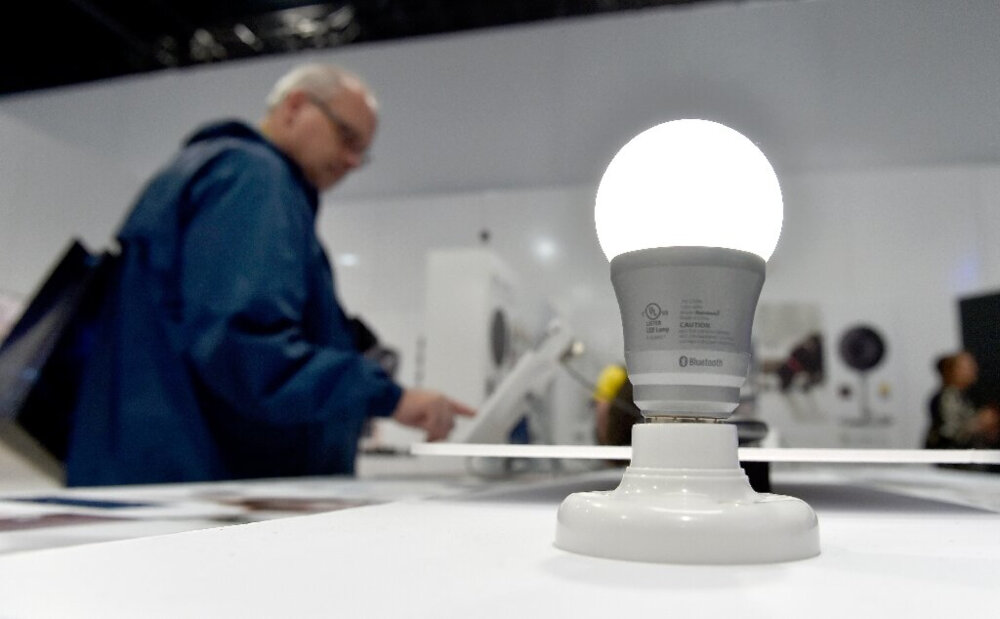
In conclusion, LED strip lighting is a versatile and cost-effective way to add ambiance and style to any room. With a variety of colors, brightness levels, and control options, you can easily create a personalized lighting scheme that fits your mood and aesthetic preferences. From accent lighting to task lighting or even as a primary light source, LED strip lights offer endless possibilities for creativity and functionality. By following the comprehensive guide provided in this article, you can light up your room like a pro and transform your living space into a cozy and inviting sanctuary. So, don’t hesitate to explore the world of LED strip lighting and unleash your inner designer!

